Tags
insect reproduction, bird reproduction, Mating Lesser black-backed gulls, mating Dock beetles, mating ladybirds
One of the main purposes of all life on this planet must surely be reproduction to ensure the survival of the species of which they are a part.
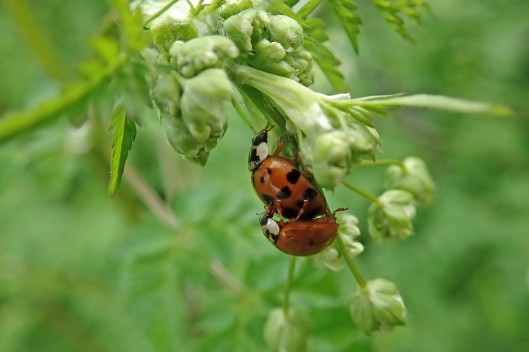
Some life forms have the ability to reproduce asexually but most require the act of copulation between male and female to fertilise their eggs.

And, this being spring in the northern hemisphere, evidence of that urge to reproduce can be seen everywhere.
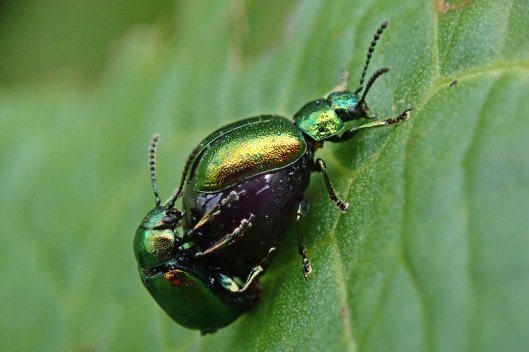
These are just a few recent examples I’ve noticed: ladybirds, Lesser black-backed gulls and Dock beetles.


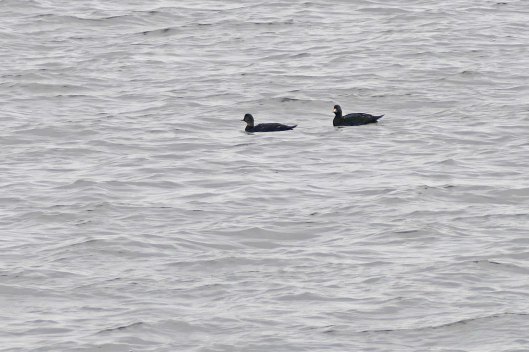
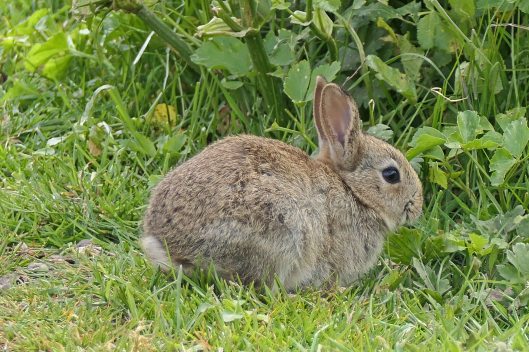
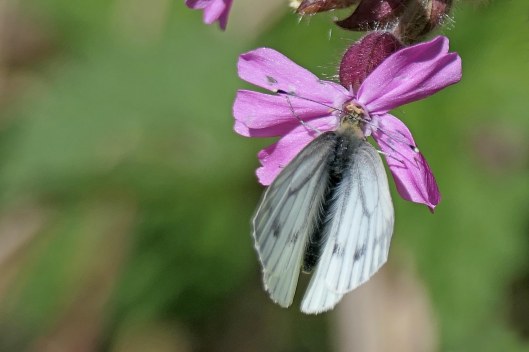

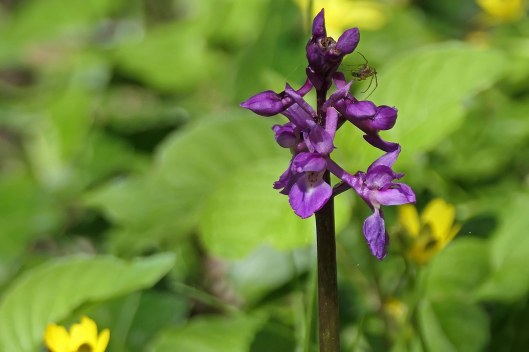

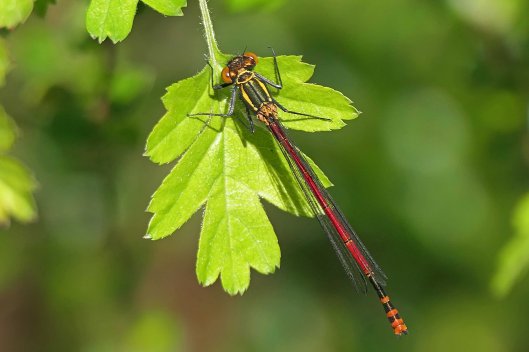
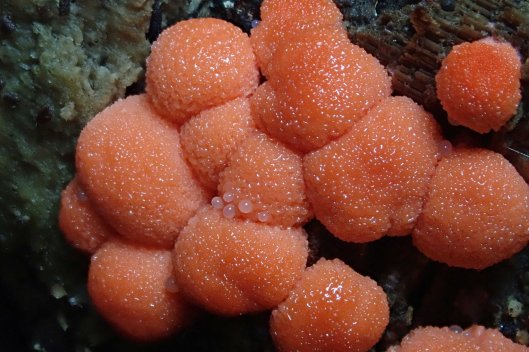

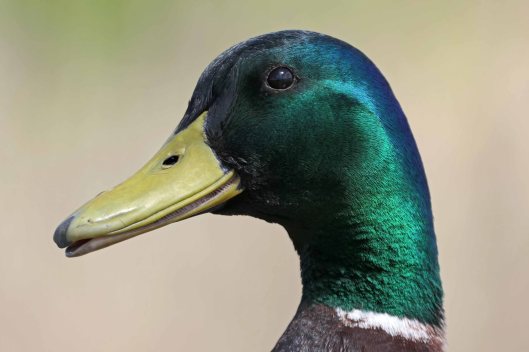
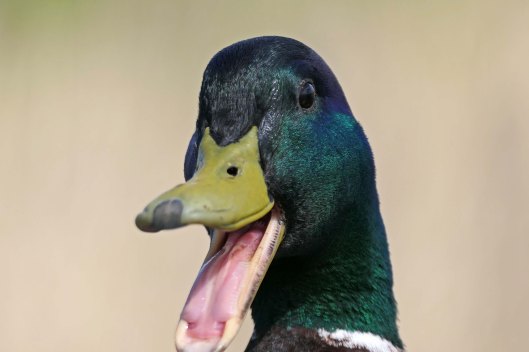

You must be logged in to post a comment.